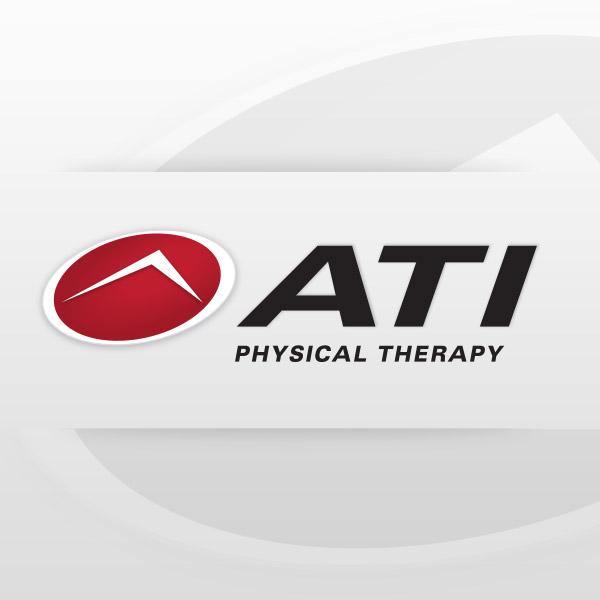
With Michael Phelps and Ryan Lochte making headlines (and quite a splash!) during the 2012 Summer Olympics, the pool has been on the minds of many. However, as Team USA strives to reach their goal of Olympic gold over in London, there are many right here in the mid-Atlantic region striving to reach a different goal in the pool – a successful completion of aquatic therapy.
Let’s jump in. When you walk into our ATI clinic in North East, MD, (or one of the 12 other East Coast clinics that offer aquatic therapy), you’ll find a “traditional” physical therapy experience – plinth tables surrounded by some exercise equipment, mats, stretching bands, and more. But, if you follow the smell of chlorine, you’ll find a whole new world: patients and PTs who swapped their workout gear for a bathing suit, fully immersed in a pool sprinkled with flippers, noodles, and a variety of other props.
The “why” behind the water
Karen Dow, a physical therapy assistant and certified pool expert at our North East, MD, location, gave us a peek into her world working in aquatic therapy. As she says, aquatic therapy is appropriate for almost anyone (as long as you’re tall enough to stand up in the shallow end!). Patients head into the pool to rehabilitate a variety of injuries (mostly backs, knees, and shoulders), as the buoyancy of the water can help them perform exercises they may not be able to do on land.
“We don’t live in water, so the goal is always to get them back onto land,” Karen says. “But, any combination of aquatic and land therapy may help get a patient back to living life – and that’s the goal.” To get her patient back to “living life,” Karen invokes her former training as a fitness instructor and personal trainer to develop personalized programs for each patient. A huge proponent of quality over quantity, Karen tries to explain the “why” behind each stretch and exercise so that patients can fully understand why the form must be correct to achieve maximum results. For her, crafting treatment plans are a creative outlet, a way to blend together the right combination of stretches, exercises, and props, to help a patient get results.
There’s very little Karen doesn’t love about her pool and her patients. They certainly aren’t in an Olympic-sized pool, so there’s very little personal space. But, as Karen says, that’s just a catalyst to help her form relationships with her patients and her patients form friendships with one another.
“In the water, the patients have an immediate connection,” Karen says. “They’re all in there with each other, and they start to talk – about their surgeries, their recoveries, their lives – and begin to use each other as a resource.”
Battling in a bathing suit: Venus’ story
One of her patients, Venus, has been in the pool since December 2011. Venus was initially injured in February 2010 working for the U.S. Postal Service. Because the East Coast had been pelted with snow storms, USPS was behind on mail delivery and therefore the team had to work long hours to keep up with the demand.
“We were working from 6:30 in the morning to 8:00 or 9:00 at night, walking around with 32 inches of snow on the ground, and eventually my body just started to shut down,” says Venus. “One day, I was walking up a set of stairs and slipped because my body gave out.”
In April 2010, Venus began her land-based physical therapy treatment with ATI and later transitioned into the work conditioning program to help get her back to work. Unfortunately, she experienced more setbacks after her initial fall, including being diagnosed with fibromyalgia and Celiac’s Disease, causing her to stop therapy in the summer of 2010.
However, Venus didn’t give up.
“Initially, I was depressed because I was so active and I couldn’t be anymore,” says Venus. “But, then I decided to be proactive and started to learn more about my own diagnosis. I went to a nutritionist, did my research, and began to change my eating habits. It made a big difference.”
And, in December 2011, she returned to therapy – this time, in the water. Because of her increased nerve pain, the water stimulated and strengthened her muscles without aggravating them too much.
“I thought I would be lost in the water, but Karen is so motivational,” she says. “I’ve gained a lot of abilities I didn’t know I had.”
After almost nine months of aquatic therapy, Venus is ready for her Functional Capacity Evaluation (FCE), which employers use to determine if the employee is ready to get back to work. She may be trading in her bathing suit for her USPS uniform again, but she won’t be trading in her new habits.
As Venus says, “I’ve never felt better.”
